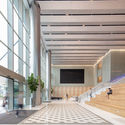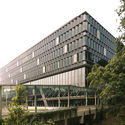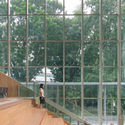
Irwell Hill Residences / MVRDV
Bidadari Park / Henning Larsen + CPG Consultants
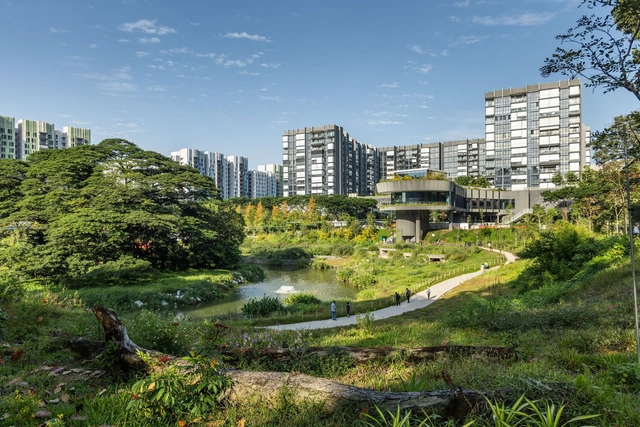
-
Architects: CPG Consultants, Henning Larsen
- Area: 130000 m²
- Year: 2024
-
Professionals: Expand-Landscape Engineering Joint Venture, AECOM
In-Between House / Super Assembly
The Singapore EDITION and Boulevard 88 / Safdie Architects

-
Architects: Safdie Architects
- Area: 52200 m²
- Year: 2024
-
Professionals: Acviron Acoustics Consultants Pte Ltd, Clair Solutions, ALT, Axis, CAP Atelier, +8
Rumah Kechik / Kaizen Architecture

-
Architects: Kaizen Architecture
- Area: 480 m²
- Year: 2024
-
Manufacturers: GNG Tiles, Ihome, Terracotta Tiles Centre, Toto
Dyson Global HQ / M Moser Associates
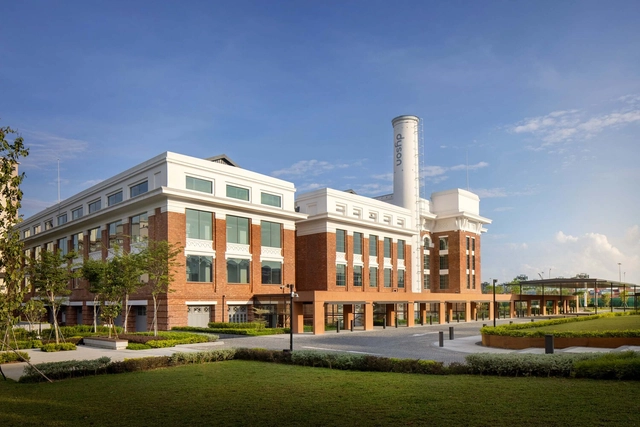
-
Architects: M Moser Associates
- Area: 13006 m²
- Year: 2022
-
Manufacturers: 3M, Danpal, Flexform, Fritz Hansen, Kvadrat Soft Cells, +18
CapitaSpring / BIG + Carlo Ratti Associati

-
Architects: Bjarke Ingels Group, Carlo Ratti Associati
- Area: 93000 m²
- Year: 2022
Singapore State Courts / Serie Architects + Multiply Architects

-
Architects: Multiply Architects, Serie Architects
- Area: 113000 m²
- Year: 2019
-
Manufacturers: KEIM
Martin Modern Residential Building / ADDP Architects + ipli architects

-
Architects: ADDP Architects, ipli architects
- Area: 44622 m²
- Year: 2020
-
Manufacturers: KEIM
Water Courtyard House / Guz Architects

-
Architects: Guz Architects
- Area: 1198 m²
- Year: 2022
-
Manufacturers: AutoDesk, Hansgrohe, Atlas Schindler, Trimble Navigation, Vertical Green
2021 Prix Versailles Awards Global Winners Announced

After the announcement of the selected projects in the categories of Airports, Campus, Railway Stations and Sports, followed by the announcement of the 70 Continental Winning Projects of the Prix Versailles 2021 in the categories of Shops, Shopping Centres, Hotels and Restaurants, there turned out to be a total of 94 new projects competing in the 2021 Prix Versailles World Final.
Apartment Renovation in Singapore / Studio Wills + Architects
.jpg?1610400219&format=webp&width=640&height=580)
-
Architects: Studio Wills + Architects
- Area: 64 m²
- Year: 2018
Architecture and Masks: A Visual Representation of Time

The Avions Voisin C7 was manufactured between 1924 and 1928 and featured a groundbreaking design for the time. The extensive use of glass, aluminum bodywork, and sharp angles hinted at the shapes of an aircraft. This was the car that Le Corbusier liked to park in front of his buildings - the architect considered this car to be the ultimate translation of modern age and technology combined into a single object. He was convinced that architecture had much to learn from this machine.
With 3 gears and a 30-horsepower engine, it is hard to imagine anyone using this car today since the automobile industry has experienced countless innovations since that time. Corbusier's architecture, however, doesn't seem so outdated, but the cars pictured alongside the brand new buildings are actually what reveals how old the photograph is. Locating elements that can point out the time period of a photograph is very effective, especially in architecture. Some elements can make this task much easier, for example, household appliances, computer monitors, or other particular details.
Apple Marina Bay Sands / Foster + Partners

-
Architects: Foster + Partners
- Year: 2020
-
Manufacturers: Kuraray, Terrazzo & Marble
5 Science Park Drive Flagship Building / Serie Architects + Multiply Architects

-
Architects: Multiply Architects, Serie Architects
- Area: 26000 m²
- Year: 2019
Photographic Series Captures The Hyper-dense Vertical Graveyards of Hong Kong

Hong Kong is considered to have one of the most exceptional skylines and urban schemes in the world: contemporary skyscrapers stand amidst the mountains and harbour, ancient houses nestled between futuristic structures, neon lights, landscapes... But among Hong Kong's numerous remarkable architectures, its spatial typology of death is like no other.
Over the course of five years, RIBA-nominated architectural photographer Finbarr Fallon captured the hyper-dense graveyards of Hong Kong, showcasing the sublime geometry of its mountainside burials in a series titled "Dead Space".












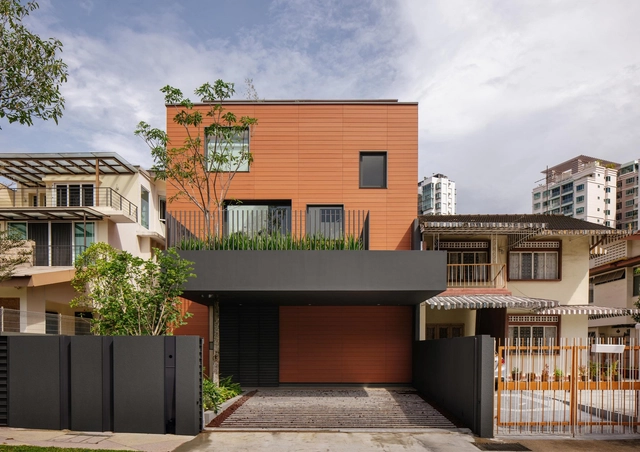




















































.jpg?1610400353)
.jpg?1610402802)
.jpg?1610400124)
.jpg?1610401148)
.jpg?1610400219)











